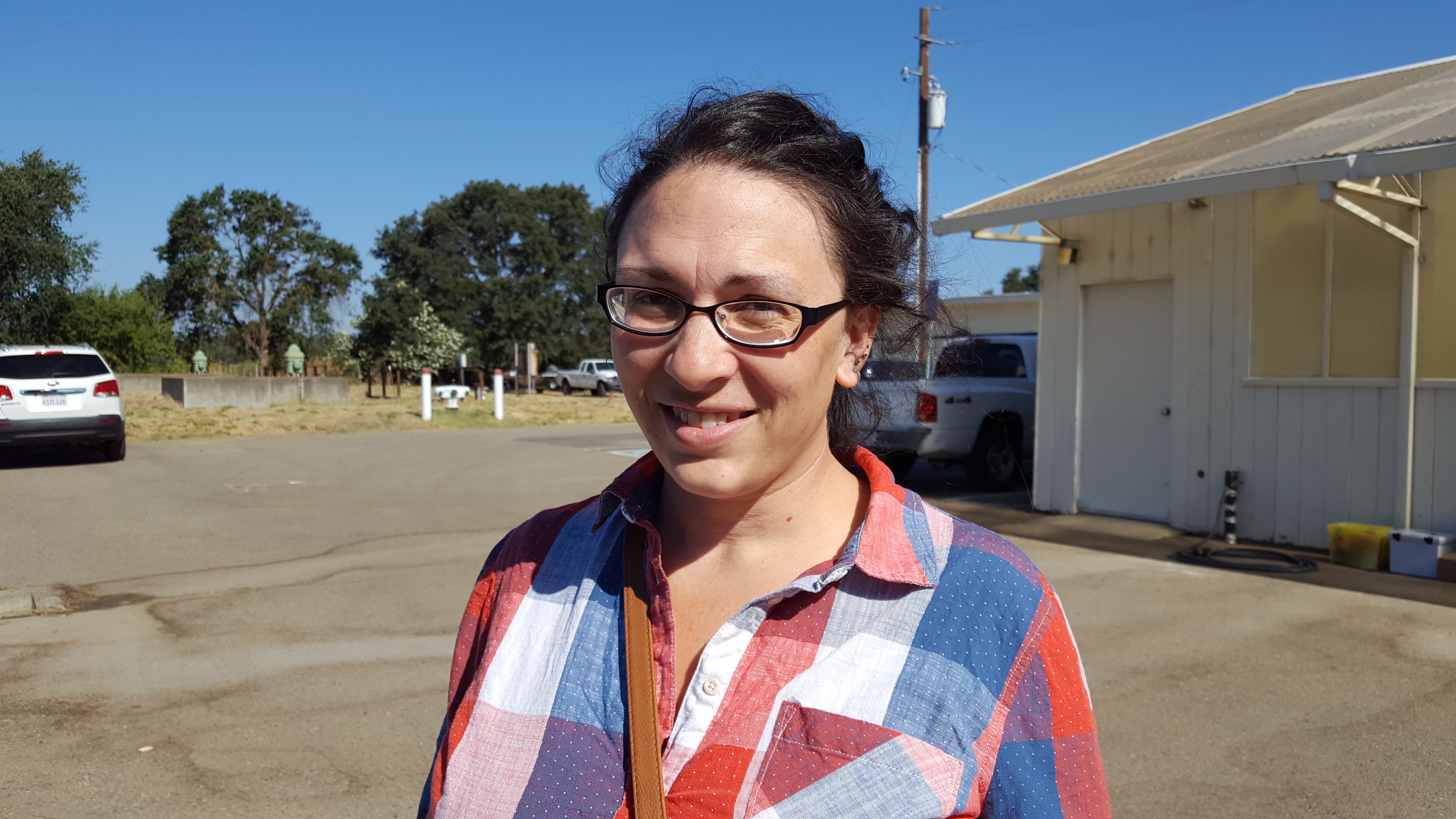Herbicides
Weed Control in Rice Fields
Controlling Herbicide-Resistant Weeds in California Rice Fields
By Emily McKay Johnson, Associate Editor
Whitney Brim-DeForest, UC ANR Cooperative Extension rice farm advisor for Sutter, Yuba, Placer and Sacramento Counties in California, currently works in all rice production areas across the state to identify problematic weeds in rice fields.
Given her background in weed science, Brim-DeForest explained California rice growers flood their fields for weed suppression, as well as use herbicides for weed control and management. “I’d say that we do have quite a few herbicides right now. As we continue to get new herbicide resistant weeds every year,” said Brim-DeForest, “we are starting to run out of options, especially for some growers who encounter herbicide resistance.”
Brim-DeForest believes herbicide resistance was first discovered in the early 1990’s, but “has become significantly problematic for growers within the last 20 years. Because of the herbicides we use and the limited number that we have, we have ended up with an increasing number of weeds that are herbicide resistant every year. Since about 2000, we’ve had a new species or herbicide that encounters resistance every year,” she stated.
Brim-DeForest treats a multitude of weed species in her line of work. “I would say the watergrass species is our biggest problem,” she noted. “We also have a weedy red rice that was discovered in the early 2000s. It is not widespread, but we do have a few fields with it,” she explained.
Featured Photo: Whitney Brim-DeForest, UC ANR Cooperative Extension rice farm advisor.




















